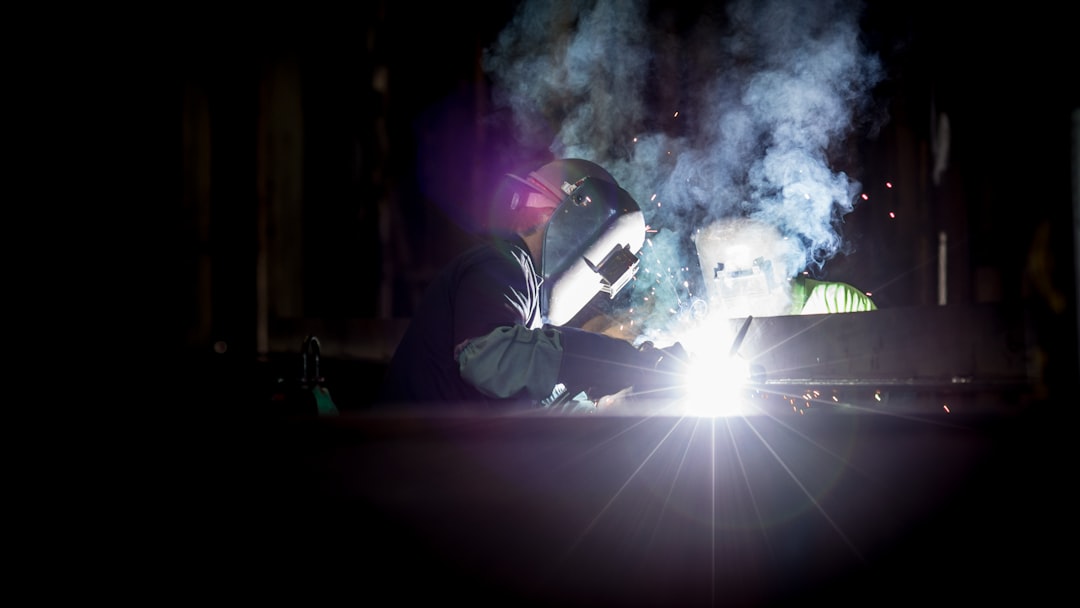Navigating the complex world of European manufacturing standards can be daunting. This comprehensive guide will demystify EN standards, helping you understand their importance, implementation, and the benefits of achieving compliance. Whether you’re a seasoned manufacturer or just starting out, understanding and meeting these standards is crucial for success in the European market and beyond.
Understanding EN Standards and Their Significance
EN standards, developed by the European Committee for Standardization (CEN), represent a crucial set of technical specifications for products and processes across various industries. These standards ensure product safety, interoperability, and quality, fostering fair competition and protecting consumers. Compliance with relevant EN standards often forms the basis for obtaining CE marking, a mandatory requirement for many products sold within the European Economic Area (EEA).
The significance of EN standards extends beyond mere legal compliance. Meeting these standards demonstrates a commitment to quality, reliability, and customer satisfaction. This can lead to increased brand trust, reduced risks, and a competitive advantage in the marketplace. Furthermore, adhering to standardized procedures streamlines manufacturing processes, improves efficiency, and minimizes waste.
Identifying Relevant EN Standards for Your Products
The first step in achieving EN compliance is correctly identifying the applicable standards for your specific products and processes. This requires a thorough understanding of your product’s intended use, materials, and manufacturing methods. CEN’s online database provides access to a comprehensive list of published standards, allowing you to search by keyword, product type, or industry sector. However, navigating this database can be challenging, and seeking guidance from industry experts or consultants is often recommended.
For instance, a manufacturer of electrical appliances needs to adhere to standards related to electrical safety (e.g., EN 60335), electromagnetic compatibility (EMC, e.g., EN 55014), and potentially other relevant standards depending on the specific appliance’s functions and features. Similarly, a food processing company might need to comply with hygiene and safety standards (e.g., EN ISO 22000).
Implementing a Robust Quality Management System (QMS)
Effective compliance with EN standards requires a well-structured and documented Quality Management System (QMS). A QMS provides a framework for consistently meeting customer and regulatory requirements. While not all EN standards mandate a specific QMS, many organizations adopt ISO 9001, a widely recognized international standard for quality management, as the foundation for their QMS. ISO 9001 provides a comprehensive set of guidelines for establishing, implementing, maintaining, and continuously improving a quality management system.
Implementing a QMS involves defining processes, establishing procedures, documenting activities, and monitoring performance. Regular internal audits and management reviews are essential for ensuring the effectiveness of the QMS and identifying areas for improvement. This proactive approach to quality management not only ensures compliance but also enhances overall efficiency and reduces the risk of non-conformances.
Testing and Verification Procedures for EN Compliance
Once your manufacturing processes are established and your QMS is in place, rigorous testing and verification are crucial to demonstrate compliance with the relevant EN standards. This often involves both internal testing, conducted by your own quality control department, and external testing by accredited laboratories. Internal testing ensures that your products meet the specified requirements before they are released to the market. External testing provides independent verification of compliance and builds confidence among customers and regulatory authorities.
The specific testing procedures will vary depending on the applicable EN standards. Some standards may require specific tests for mechanical strength, electrical safety, chemical composition, or performance characteristics. It’s crucial to carefully review the relevant standard to understand the required tests and the acceptance criteria.
Certification and CE Marking: Demonstrating Compliance
For many products, obtaining a certification from a Notified Body is a necessary step in demonstrating compliance with EN standards and obtaining CE marking. Notified Bodies are independent organizations designated by member states of the EEA to assess conformity with specific directives and standards. The process typically involves an assessment of your QMS, factory inspection, and product testing. Successful completion of this process results in a certificate of conformity, which is essential for affixing the CE marking to your products.
The CE marking is a mandatory requirement for many products sold within the EEA, signifying that the product complies with all relevant EU directives and standards. It is a crucial element for accessing the European market and demonstrates a commitment to product safety and quality. Without the appropriate certification and CE marking, your products may be subject to legal action and may not be allowed to be sold in the EEA.
Meeting EN standards isn’t just about ticking boxes; it’s about building a foundation of quality and reliability that benefits your business and your customers. By understanding these standards, implementing a robust QMS, and undergoing thorough testing and certification, you can ensure your products meet the highest standards and thrive in the competitive global marketplace.
SEO-Friendly Tags:
- EN Standards Manufacturing
- European Standards Compliance
- CE Marking Certification
- ISO 9001 and EN Standards
- Product Safety and EN Standards




